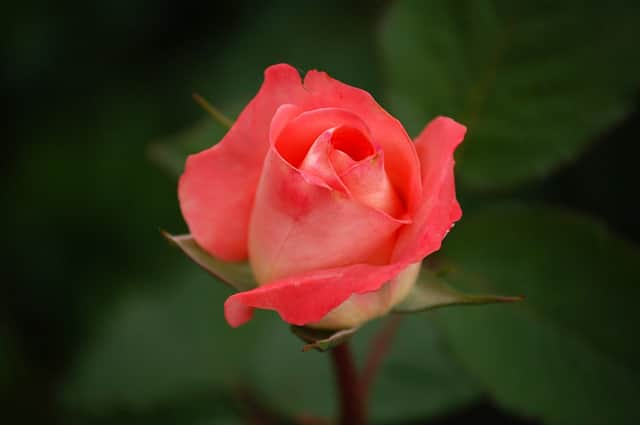Six common plant complaints and how best to treat them


If your plants are looking less than strong and healthy, there may be a simple explanation for their demise.
These six common conditions could be to blame for their poor health, and if so, you can restore your plants easily.
1 Overwatering
Advertisement
Hide AdAdvertisement
Hide AdGiving plants too much water could kill them. If it’s been raining a lot recently, they won’t need extra watering, but if they’ve been in bright sunlight they will need more. Soil should be moist to the finger at a depth of around five centimetres.
2 Underwatering
You don’t want plants to become very dry. They will begin to wilt and look sad, and leaves could brown and die. A good watering then rest for a few days should perk them up.
3 Bacterial spot
If your plant has black edges, lesions, brown spots with yellow halos, or leaves are browning and breaking off at the edges, it may have bacterial spot. The best way to save it is by prevention and mechanical control at the first sign. You can use copper fungicide on crops.
4 Mealybugs
These sap-feeding insects can infest many plants, including in homes and greenhouses. They leave a sticky substance on leaves and stems causing the growth of sooty moulds. Ladybirds are great at controlling mealybugs, but ensure dead leaves are removed from the area as they may have mealybugs or eggs on them.
5 Rust
Rust can go undetected, leaving plants weak. The underside of leaves will develop orange pustules, common in vegetables, with ‘leek rust’ also affecting onions, garlic and chives. Remove leaves and consider fungicide.
6 Grey mould
Soft fruits are susceptible to grey mould. It is more common when plants grow under glass and in humid conditions. Ensure a good ventilation system and no overcrowding. Remove affected plants immediately.
A spokesperson for GardeningExpress.co.uk said: “Prevention is better than cure, so ensure you’re following all steps to safeguard your plants against potential problems.”